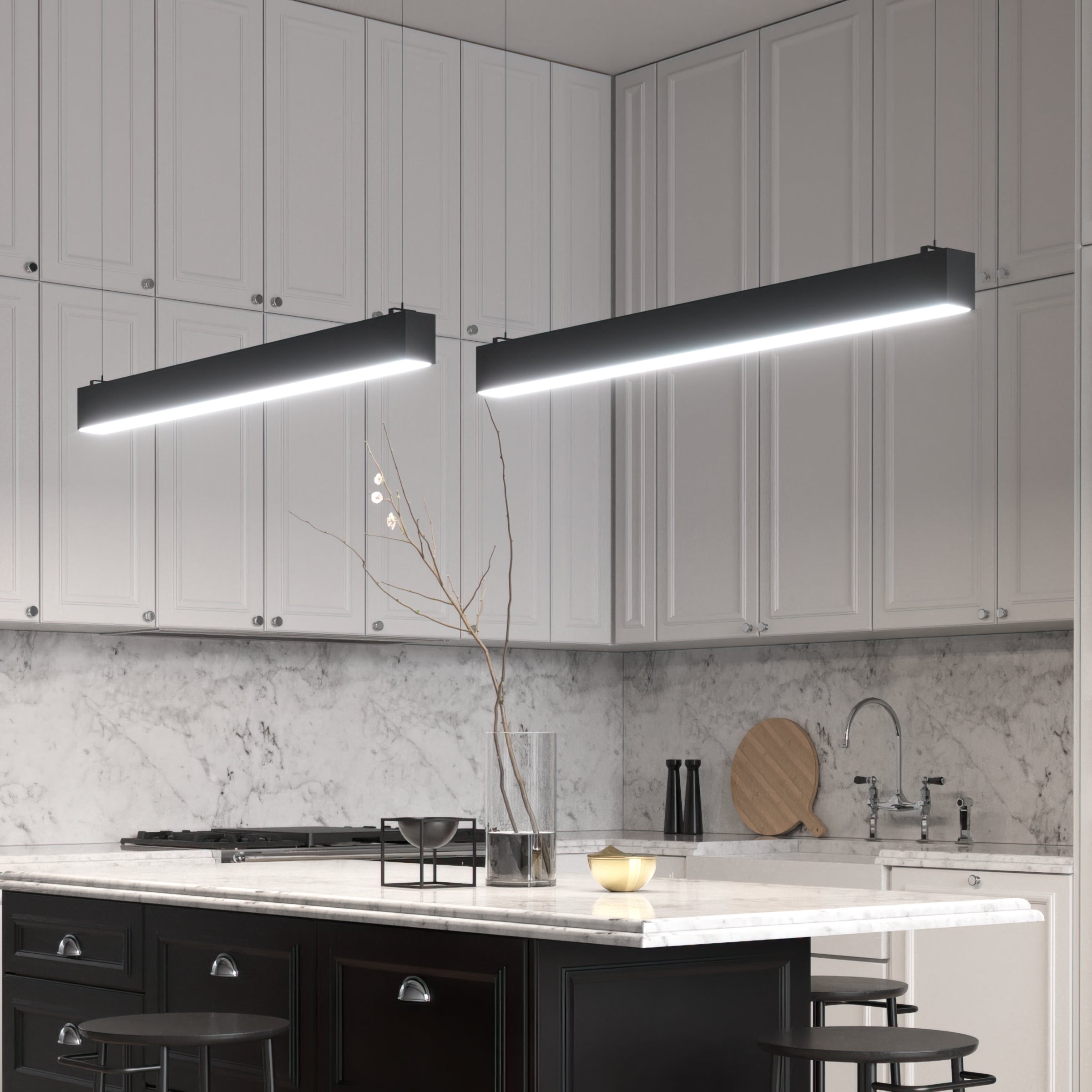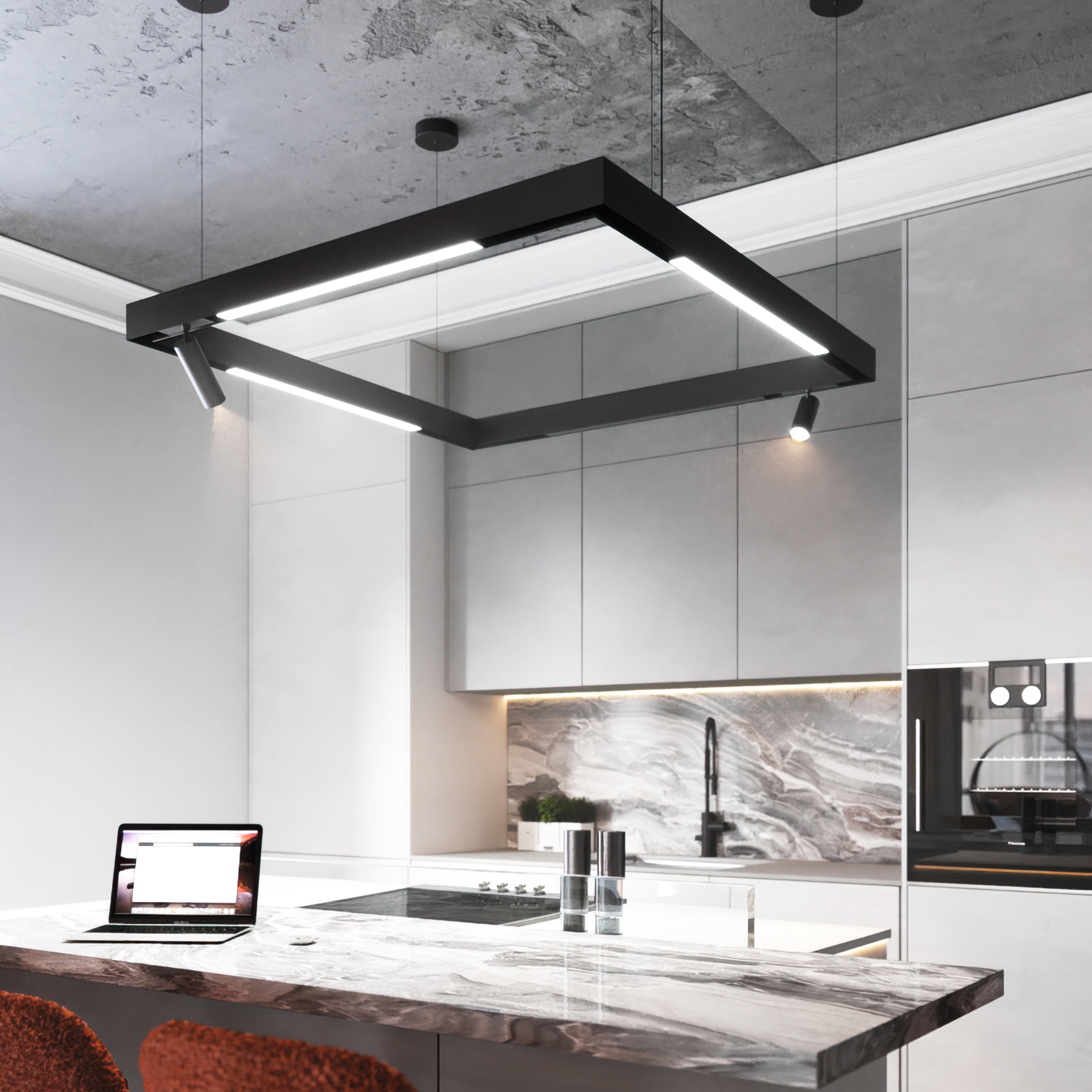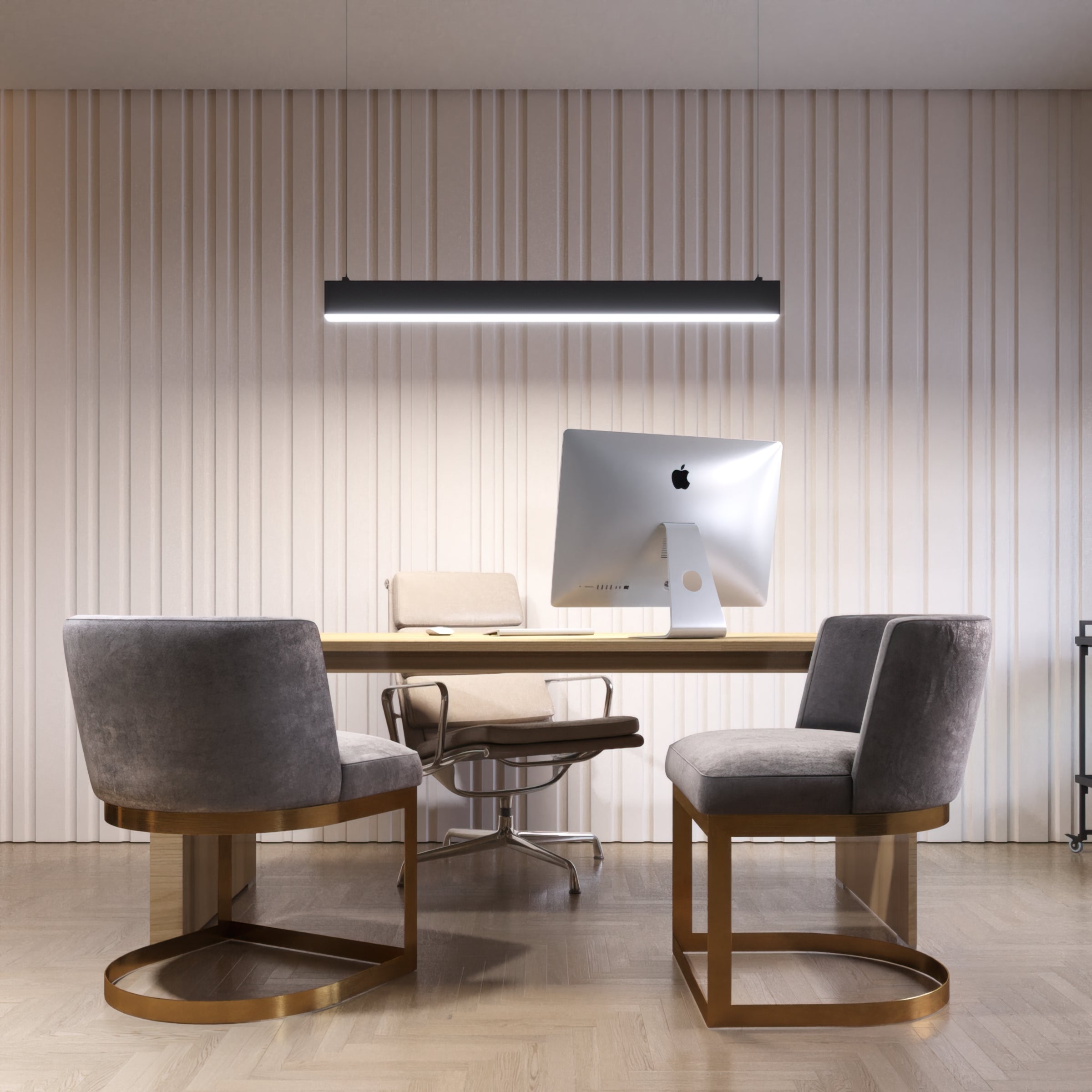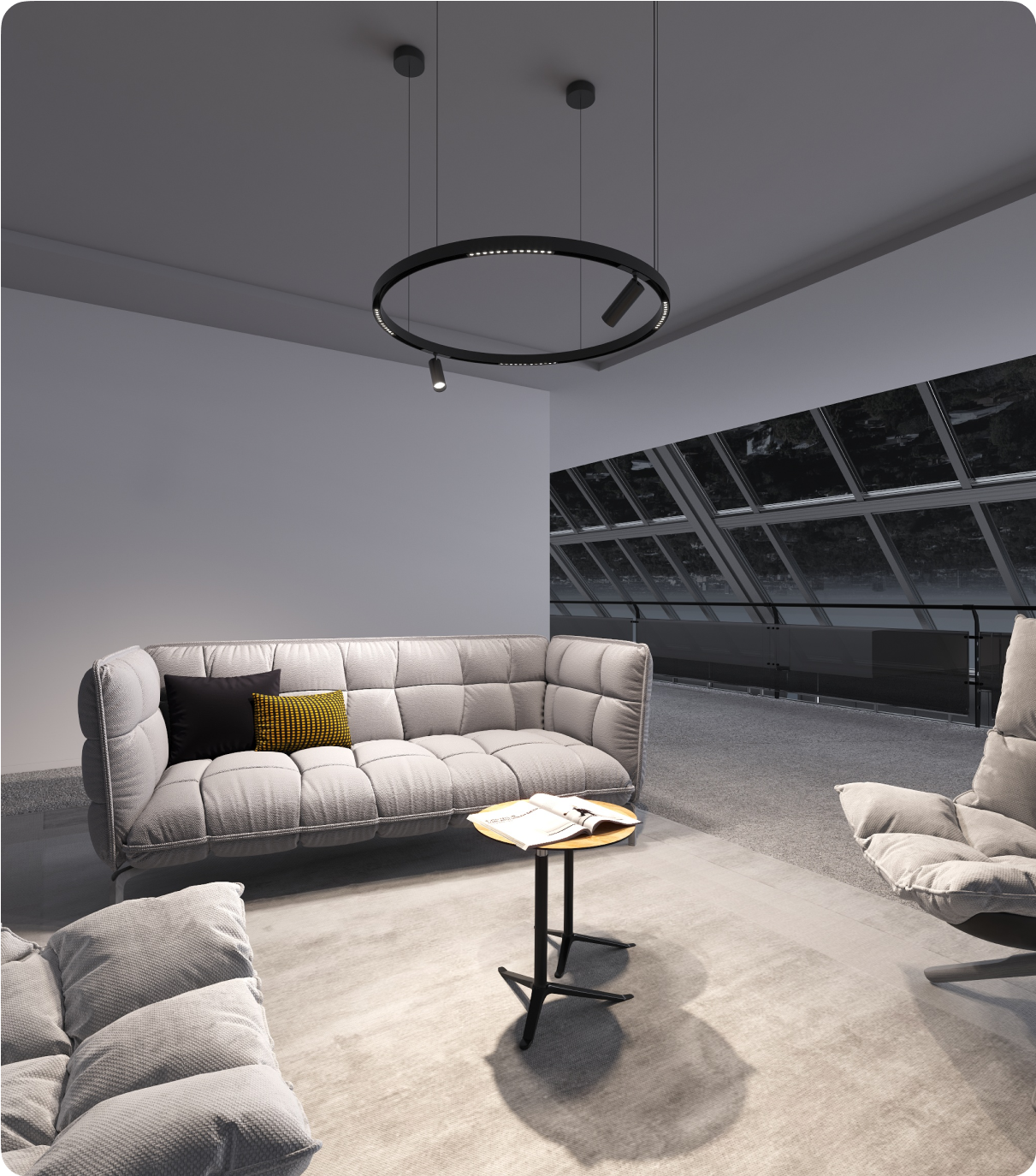Lighting fixtures are an essential part of any home or office, but what if they could do more than just provide light? What if they could adapt to your needs and preferences, creating the perfect ambiance for any situation? Does a light fixture have to be dimmable? Are all light fixtures dimmable for the user's needs? Can you put a dimmer switch on any light? In this blog post, we'll explore the dimmable potential of lighting fixtures and how their flexibility can revolutionize the way we think about lighting. From setting the mood in your living room to creating a productive workspace, we'll show you how to unlock the full potential of your lighting fixtures. Join us as we shed light on the future of home and office lighting.
Different Types of Dimmable Light
Light-Emitting Diodes
LED lights have gained tremendous popularity in recent years due to their many advantages over traditional lighting options. Among these advantages are their longer lifespan, energy efficiency, environmental friendliness, safety, and health benefits. While there are many factors to consider when purchasing LED lights, one common question that is asked is whether or not they are dimmable. The answer to this question is not a simple one, as it can depend on the specific type of LED light. In order to determine whether or not an LED light is dimmable, it is important to check the product description or listing before making a purchase. It is also important to note that even if LED lighting is labeled as dimming lighting, it may not be compatible with your current dimmer switch. In order to ensure that you are able to fully take advantage of the dimming capabilities of your LED lights, it is recommended that you research bulb compatibility with your current lighting system before making a purchase. By doing so, you can ensure that your LED lights not only provide you with all of their many benefits but also fully meet your specific lighting needs.
Incandescent Light
Incandescent light bulbs function by passing an electric current through a wire filament, which causes the filament to heat up and produce light. These bulbs are compatible with any dimmer switch, but it's important not to increase the voltage too high, as it can shorten their lifespan. However, incandescent bulbs have been discontinued since 2009 as part of efforts to conserve energy and reduce global warming, so they are no longer available for use.
Halogen Light
Halogen bulbs are similar to incandescent bulbs in that both produce light when a tungsten filament is heated to produce incandescence. The main difference is in the composition of the glass envelope and the gas inside. Halogen bulbs are ideal for use when you need strong daylight and are perfectly dimmable. However, their lifespan is limited to 1000 to 2000 hours, depending on usage.
Compact Fluorescent Light
According to general guidelines, using a dimmer switch with a CFL or compact fluorescent light is not suitable. Lowering the voltage while using a CFL may cause it to turn off completely. However, some CFLs come with a dimmable ballast and are compatible with dimmer switches. To check if a CFL is compatible with a dimmer switch, look for the indicator on the bulb's packaging. When purchasing a CFL for use with a dimmer switch, it is essential to ask the retailer for instructions and other important details. The latest dimmable CFL can effectively dim from 100% to 2% of its light output, making them an excellent option for saving energy and lasting longer than traditional incandescent light bulbs. However, note that CFL bulb disposal and recycling are specific and require proper handling.
Is My Light Fixture Dimmable?
To determine if your light fixture is dimmable or non-dimmable, you should first check the product description or packaging to see if it states that the fixture is dimmable. If it does not, you can try to dim the fixture using a dimmer switch. If the light dims smoothly and without flickering, it is likely that the fixture is dimmable. However, if the light does not dim at all, flickers, or emits a buzzing sound, the fixture is not dimmable or is not compatible with your current dimmer switch. It is important to note that not all types of LED bulbs are compatible with dimmer switches, so it is important to check the LED bulb packaging or product description to see if it is labeled as "dimmable." Additionally, it is important to ensure that your dimmer switch is compatible with the type of LED bulb you are using, as using an incompatible switch can cause the bulb to not dim or to flicker.
Types of Dimmers
The following are different types of dimmers:
- Universal Dimmers: These can control halogen, incandescent, dimmable CFL, and dimmable LED bulbs and provide smooth start-up, full-range dimming, and stop flickering and fluttering of lights.
- Halogen Dimmers: These are made to control halogen and incandescent bulbs only and are not compatible with LED and CFL bulbs, as well as dimmable LED and CFL bulbs.
- Fluorescent Dimmers: These can only control fluorescent fixtures that include dimming ballasts and rapid-start fluorescent lamps.
- ELV (Electronic Low Voltage) Dimmers: These control ELV transformers as well as dimmable LED power supplies, such as those used in LED stripes, under cabinet lighting, and ELV track lighting. ELV Dimmers need a neutral wire for installation.
- MLV (Magnetic Low Voltage) Dimmers: These are used for larger, heavier lights, such as recessed lights, which are usually magnetic low voltage.
What Dimmer Do You Need?
When it comes to choosing the right kind of dimmer switch, there are a variety of options available on the market. The three main types of dimmer switches are single pole, 3-way, and multi-location. Single pole dimmer switches are ideal for fixtures that only have one switch. If you need dimming capabilities on only one switch in a fixture with multiple switches, then a 3-way dimmer switch is the way to go. Multi-location dimmer switches are perfect for fixtures that have switches in multiple locations where dimming is desired.
In addition to these three main types of dimmer switches, there are also specialized switches available that come with added features. For example, some dimmer switches have tap screens that allow you to turn the lights on and off with a simple touch. Other switches may come with timers that allow you to set the lights to turn on or off at specific times. Whatever your needs are, there is a dimmer switch out there that can help you make the perfect ambiance in your space.
LED Lighting Dimmer
Different types of dimmer switches are available, but phase-cut dimmers are the most popular. A leading-edge dimmer can dim traditional filament bulbs and high-power circuits, but dimming LED bulbs is more complicated since an LED driver is included in the design. In order for LED bulbs to function effectively, they need a trailing-edge mechanism. In many cases, LED bulbs will not work with traditional dimmer switches because the load on the circuit is not enough to meet the dimmer switch's minimum load. Traditional dimmer switches are designed to work on lighting circuits with high loads. In general, trailing edge dimmers have a minimum load of 50-60 watts, which is fine when dimming 50-watt halogen bulbs but not when dimming 6-watt LED bulbs. If the circuit is too thin, the dimmer won't work. A lower minimum load is designed into newer leading-edge dimmer switches to address this issue. The load on the circuit can be calculated by multiplying the wattage of each bulb by the number of bulbs. The load on the circuit will be 50 watts if you have ten bulbs with a wattage of 5 each.
Fluorescent Dimming
Dimming fluorescent loads requires careful planning. Full-size (tubular) fluorescent lamps have been dimmable lighting for decades, but compact fluorescent lamps have only recently become dimmable. The cost of fluorescent dimming has decreased significantly in recent years, making it a feasible option for many applications. However, a dimmable ballast in the fixtures and a dimmer designed for controlling fluorescent loads are necessary in all cases. If you want to dim an existing fixture, there may be additional complexity, as many dimmable ballasts require a control wire from the dimmer to the ballast. While some ballasts can operate with only two wires, which is typical of many existing buildings, it is important to check before making a purchase. In new construction, it is usually not a problem to install an extra wire during construction, but it must be planned for. Additionally, there are some screw-in CFLs that can be dimmed with standard dimmers, which will be clearly marked as such.
Incandescent Lighting Dimmers
Dimming an incandescent lamp by 10% can more than double its lifespan due to the "soft start" feature of better dimmers that gradually ramp up power to the lamp over a period of milliseconds. This is because lamps experience less thermal shock and mechanical stress when they are slowly ramped up. Also, add to it that dimming light can create a more comfortable and relaxing atmosphere in a room. However, it is a common misconception that dimming saves a significant amount of energy. Even when an incandescent lamp is dimmed to 50%, it is still using about 75% of its power. It is important to note that dimming fluorescent lamps does not extend their lifespan, but it can still be useful for creating a desired lighting ambiance.





